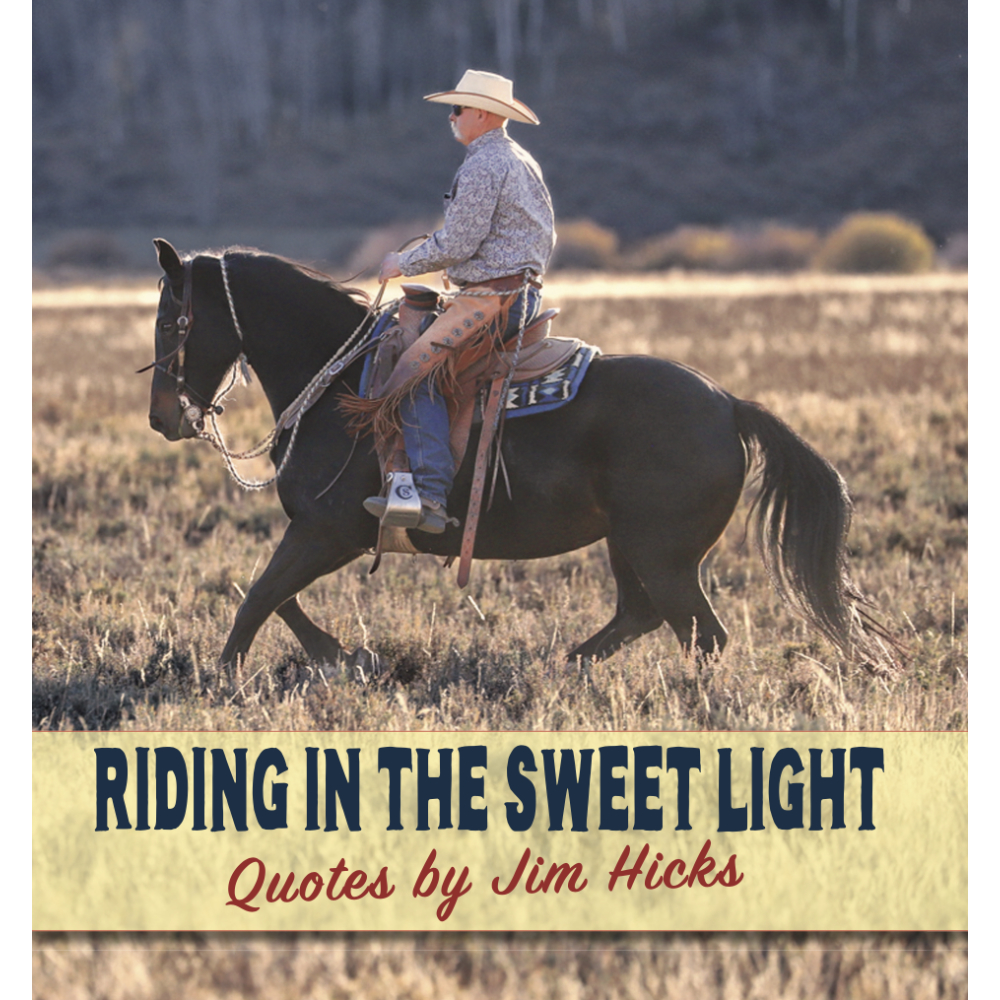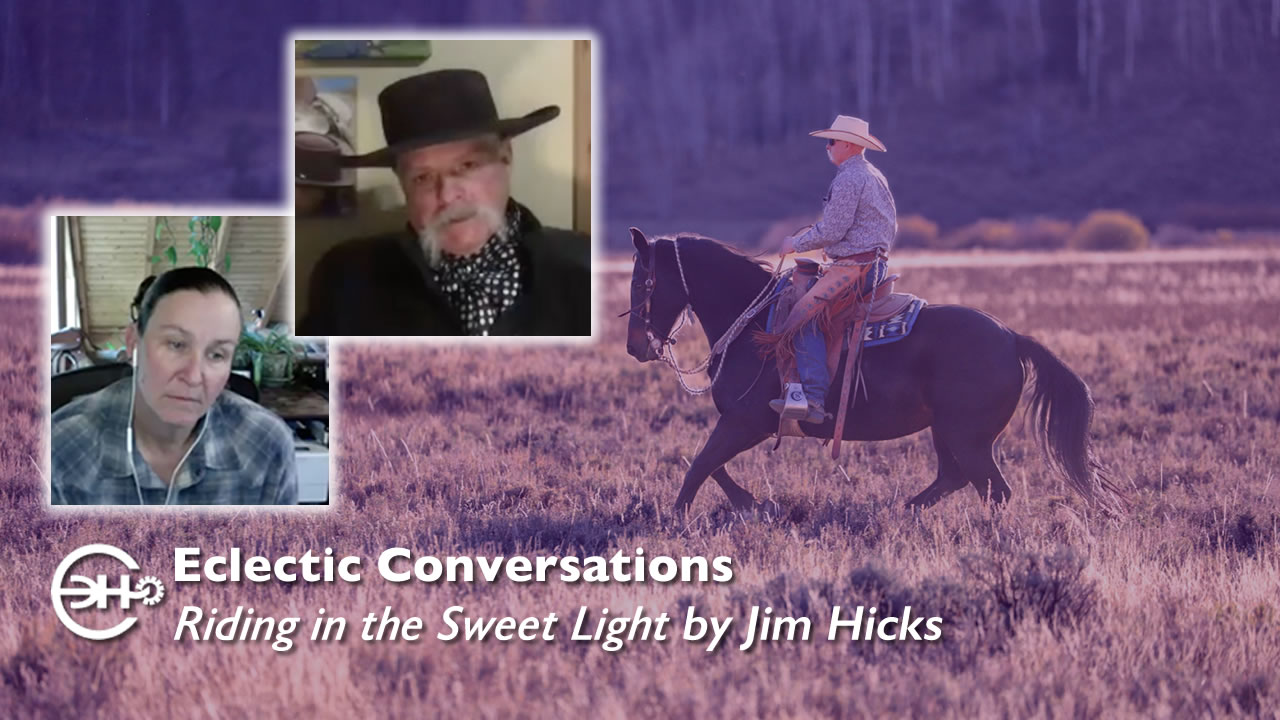In this interview, Jim Hicks, author of Riding in the Sweet Light, discusses his writing process and teaching philosophy. Hicks explains that his quotes often originate from observing conversations and interactions, highlighting the importance of listening and avoiding snap judgments based on appearances. He shares an anecdote about an older woman whose wisdom and experience might be underestimated due to her age, illustrating the quote, “Don’t mistake my humility for my lack of ability.”
Hicks emphasizes the “beginner’s mind,” acknowledging his own past struggles with learning and the value of empathy in teaching. He believes in understanding a student’s individual learning style and tailoring instruction accordingly, rather than imposing a one-size-fits-all approach. He views himself as a facilitator, helping students discover their own answers through guided exploration and conversation, rather than simply dictating information. Hicks stresses the importance of creating a safe and supportive learning environment, where students feel comfortable taking risks and exploring their potential. He differentiates between sympathy and empathy, arguing that empathy empowers individuals to overcome challenges and achieve breakthroughs.
Regarding his teaching approach, Hicks discusses the differences between working with students consistently at home and those he sees less frequently at clinics. While consistent work allows for deeper relationship building and progression, it can also lead to complacency. Conversely, clinic settings require establishing trust and understanding quickly. Hicks encourages students to validate information through their own experience with their horses, emphasizing the horse’s feedback as the ultimate truth. He uses “test questions” to prevent autopilot and ensure genuine communication, both for himself and his students. These unexpected changes in direction or tasks help reveal any disconnects in communication and keep both horse and rider engaged and responsive. Hicks aims to empower his students to become independent thinkers and problem-solvers, fostering a dynamic where both horse and rider can express themselves beautifully.
Riding in the Sweet Light



